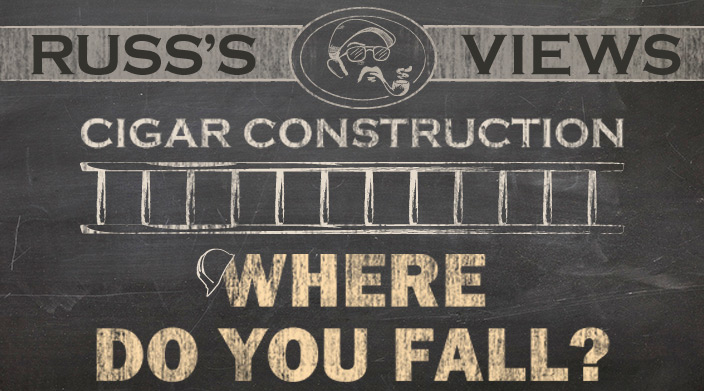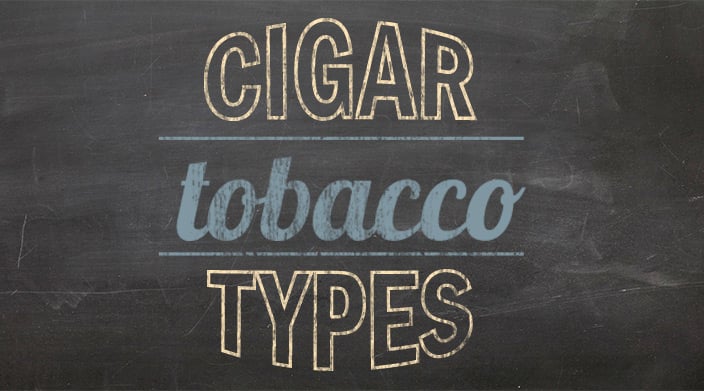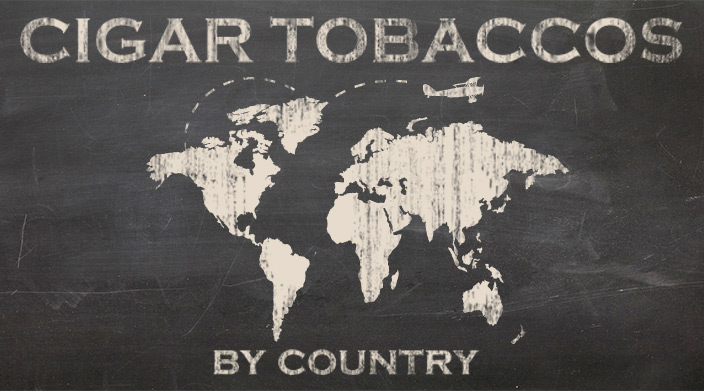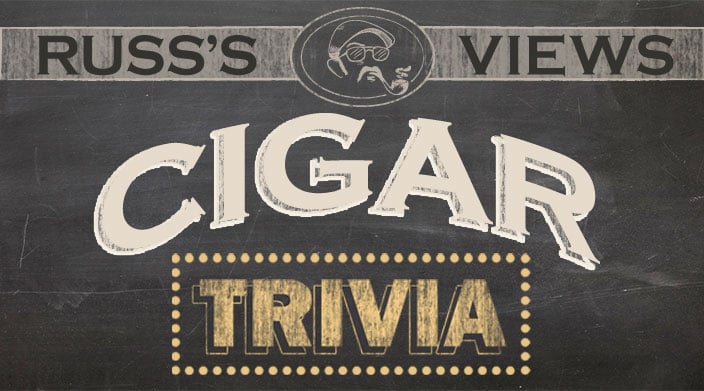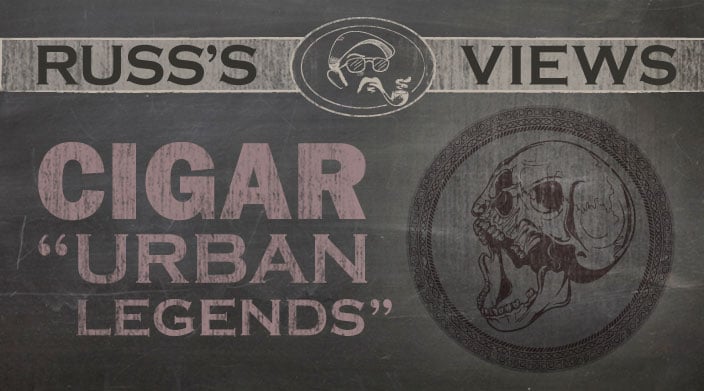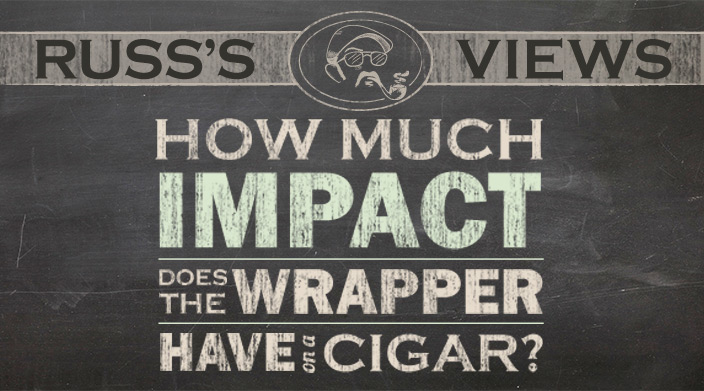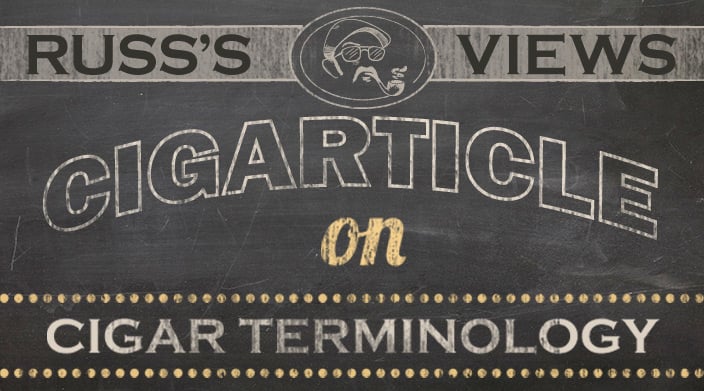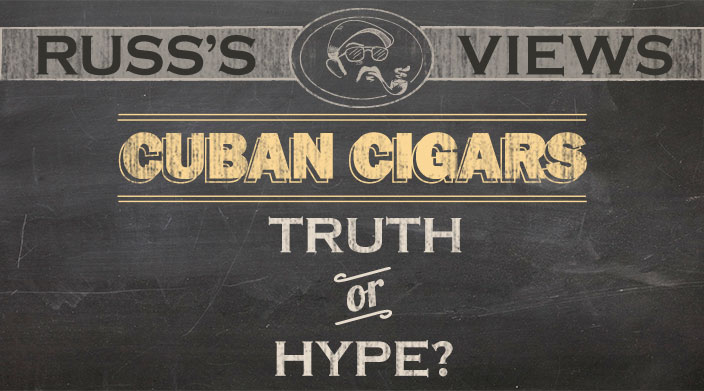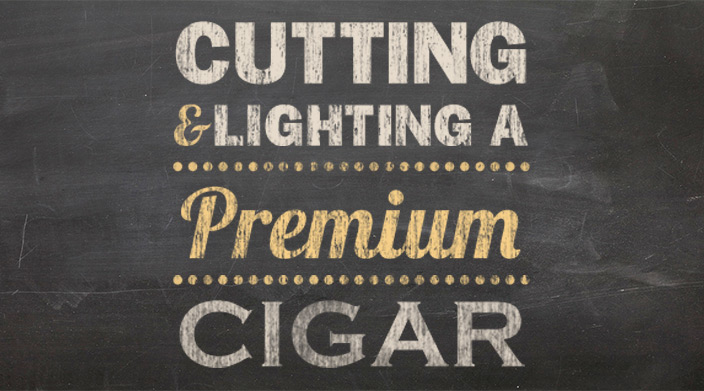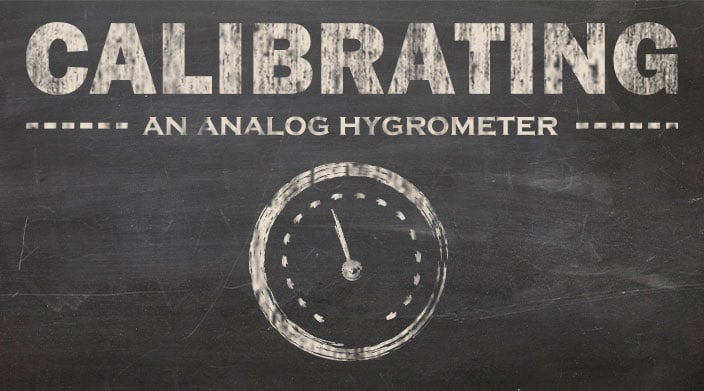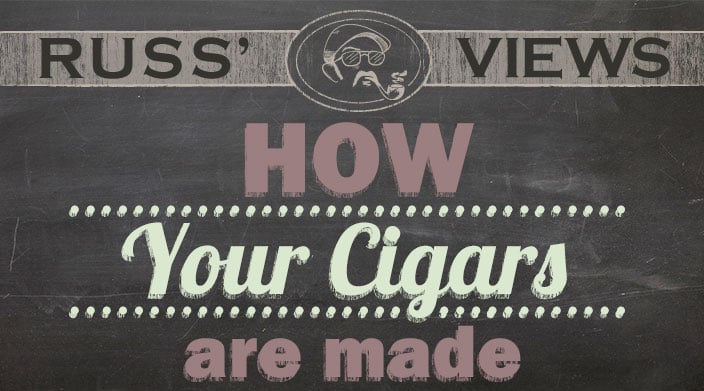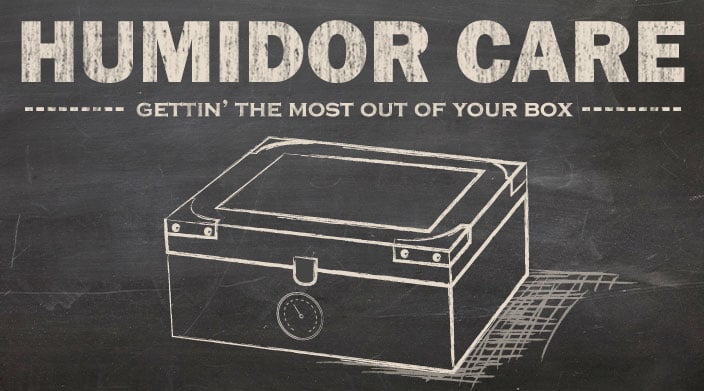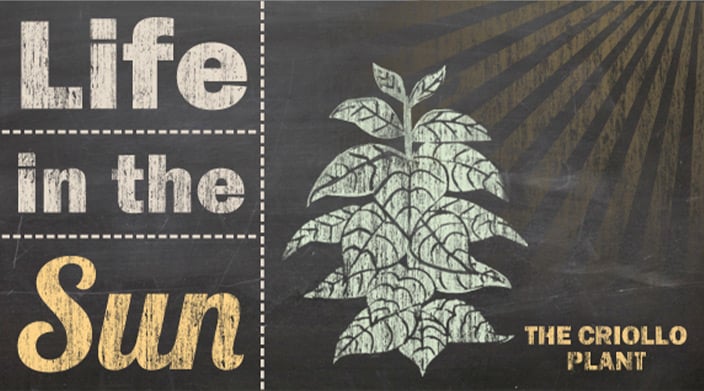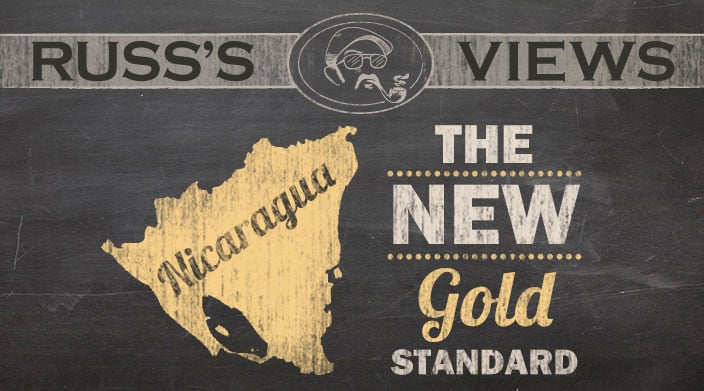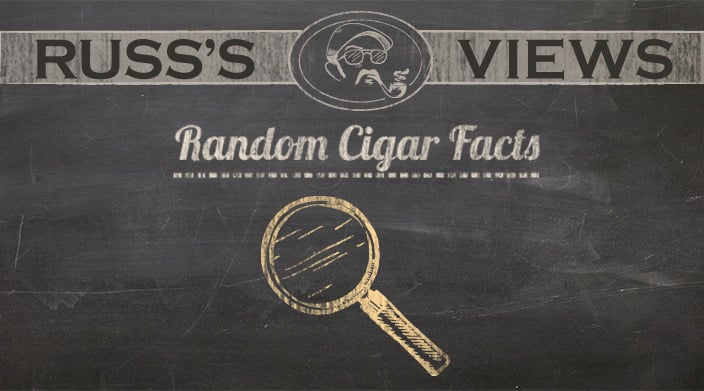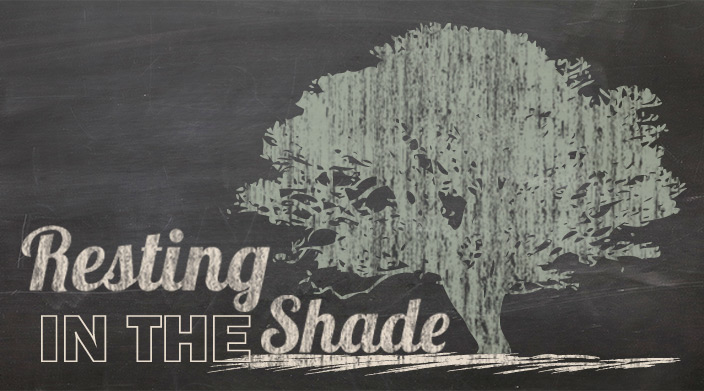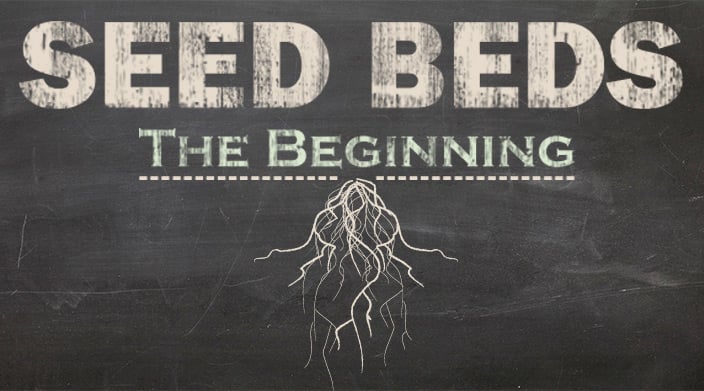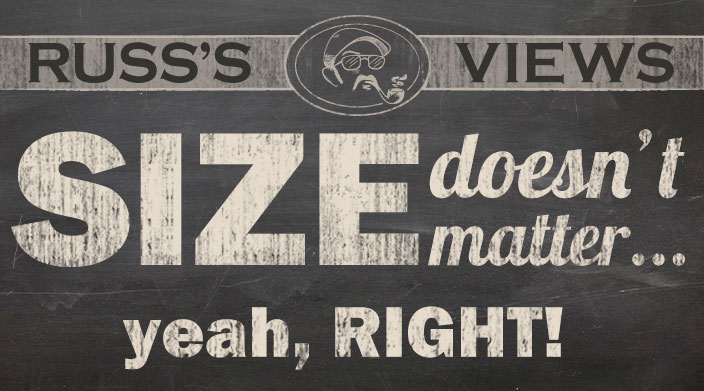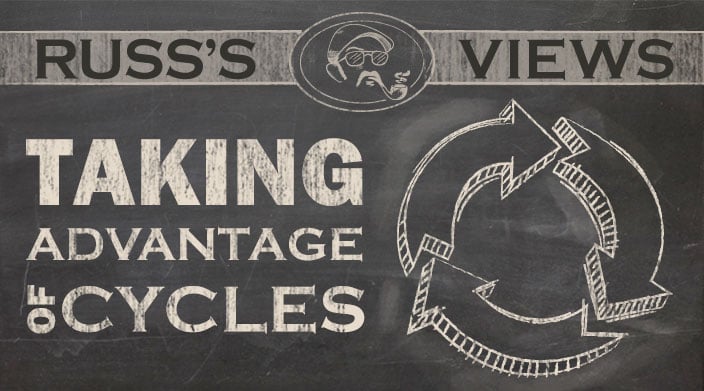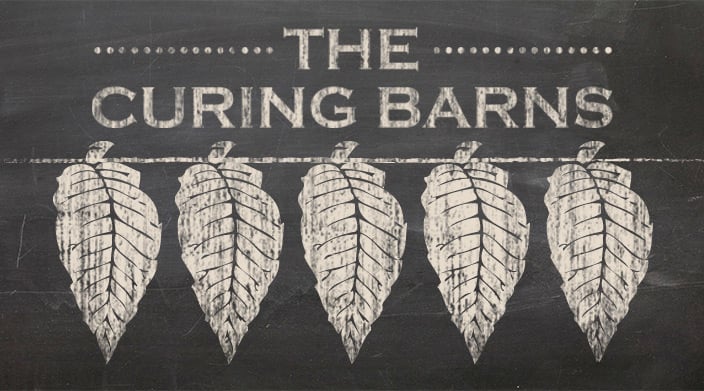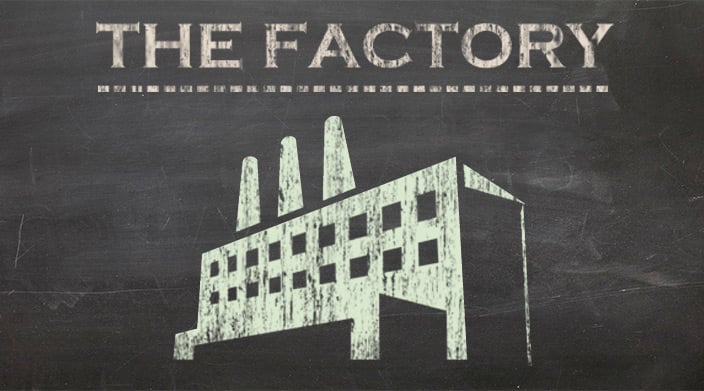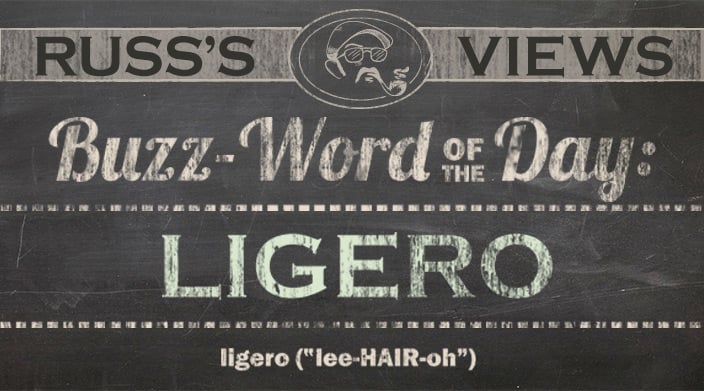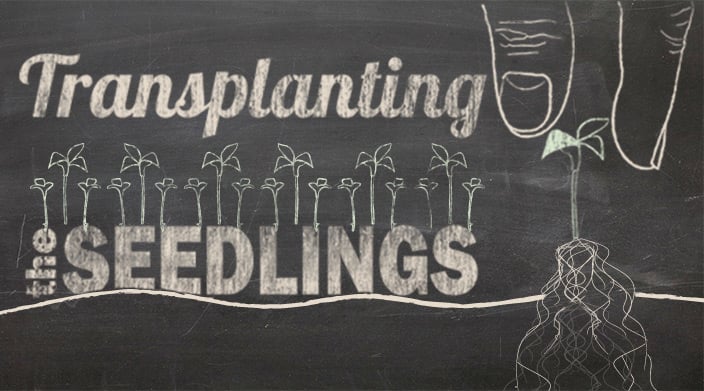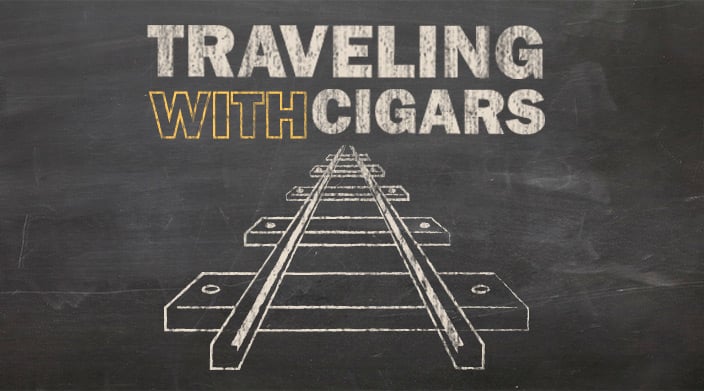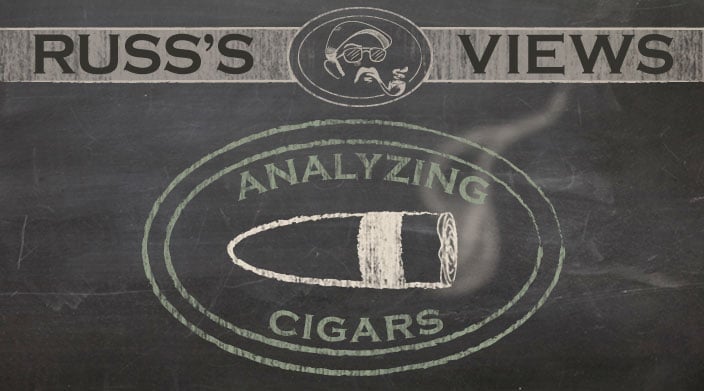We take premium cigars for granted. If you don’t believe me, just think back to the last time you got a cigar with a blocked draw; I’ll bet you were a little angry. But cigar rollers screw up less often than, say, a baseball umpire or an investment counselor. A roller’s ability to make a consistent product is pretty amazing when you take into account all the steps that go into assembling your favorite stick. So I want to take the opportunity to write about some aspects of how cigars are made.
Types of Cigars by Construction
There are three main kinds of cigars by the way they’re put together- long filler, short filler, and mixed filler (sometimes called a “Cuban sandwich”). I’m sure that you’re aware of the three main parts of a cigar- filler, binder, and wrapper, but the type of filler used can vary. In a long filler cigar, the pieces of leaf used in the middle of the stick run the whole length of the cigar, with one or two pieces of ligero (stronger in flavor) usually imbedded in the center. These are then surrounded by a binder leaf and put into molds to shape the vitola. The filler with the binder around it is referred to as a “bunch.” After it has spent enough time under pressure in the mold, the bunch then has the wrapper applied and is finished with a cap and trimmed to complete the cigar. By using full-length pieces, this method allows for a slow, even, and consistent burn. Sometimes the filler is rolled in the shape of a tube before the binder is applied (“entubar”), which gives the slowest and most even burn, whereas having the filler folded on itself (“booking”) creates a less tightly packed cigar with a bit more inconsistency.
Some cigars are made by using some full-length pieces of leaf with short cut pieces (usually trimmings that are left over) added to the mix before the binder is added. This is the mixed-filler style, and offers a more uneven burn and a less homogeneous flavor, but this method is less expensive than long filler, so you get similar flavor to comparable long-fillers, but at a lower price.
When all short filler pieces are used, it’s called a short-filler cigar (clever, huh?). This is even more economical than mixed filler, but the flavor changes constantly, and the burn will be much more likely to be uneven, with an ash that will not hold together very well.
The majority of inexpensive bundled cigars are either short or mixed-filler. On occasion, it’s possible to get a low priced long-filler cigar. These are usually seconds due to color inconsistency or blemishes, but they should taste the same as the first-quality version.
The cap- Since the wrapper is a narrow piece of leaf that is affixed around the outside of the cigar in a spiral, why don’t cigars unravel? It’s because of the cap at the head (the part you put in your mouth). In the case of a figurado (a cigar with a pointed head), the cap is made by securing the end of the wrapper to itself, but in the case of parejos (straight sides with a rounded head), a cap has to be formed. The first step is to make a flag. When the wrapper is rolled around the binder, there’s a fair amount of excess leaf at the head end of the cigar. The roller will trim the wrapper so there’s a flap of leaf left which will get a dab of adhesive (vegetable gum or fruit pectin, normally), and the flag, as it’s called, will be glued over the end of the cigar. But the cap isn’t finished. If it were left as is, once the cap is cut, the wrapper would unravel as there wouldn’t be anything to keep the head of the cigar together. In most modern methods, one round piece of tobacco is cut out of scrap wrapper leaf and has adhesive applied to it. This little disc, a bit larger than the flag, is glued over the top of the flag. As long as care is used to not cut the entire cap off, the material left will be enough to keep the stogie intact. A triple cap is used by certain brands of cigars, and is traditionally used by the Cuban cigar makers. To make a triple cap, two circular pieces, one larger than the other, are glued over the flag. This method will help to firm up the head of the cigar and will also give added security when cutting the cigar.
Glossary items- Here are some terms that you might find useful when talking about cigars:
Barber pole- A cigar which uses two or more pieces of wrapper of different colors that are overlapped so that the stick takes on the appearance of a barber pole with alternating spirals of wrapper shade.
Head- The sealed end of the cigar that has to be cut or punched before smoking; this is the part you put in your mouth.
Foot- The part of the cigar you light.
Box-Pressed- Traditionally, round cigars, while still moist, would be packed tightly in their boxes and sealed with some pressure applied. When the box is opened, the cigars come out with flattened sides and somewhat squared off edges. These are often inaccurately used to refer to trunk-pressed cigars.
Trunk-Pressed- Cigars that are put into a mold and have pressure applied to create a shape somewhat similar to a box-pressed cigar, but with flatter sides and sharper corners.
Knot- A spot in a cigar in which the filler gets twisted in such a way as to block the airflow. It can normally be opened by running a pointed rod down the center of the filler. A knot often happens right around the area where the band goes.
Diadema- A perfecto (pointed at both ends) that is narrower at the cap end, then flares wider toward the foot and tapers down severely. A diadema that is eight inches or longer is often called a salamone.




